Ya know, I’ve listened to all of Harry Connick, Jr.’s albums, but I’ve never heard him speak. He recently appeared on the Late Show with Stephen Colbert and so I heard him:
At the beginning, I noticed that he was speaking Yat, meaning the variety of English spoken in New Orleans. At that moment, he was addressing Jon Batiste, who also comes from New Orleans, but as the interview went on, it seemed to me like he changed his register to something more general, seeing as I could no longer hear any Yat features very well. For someone who is still so closely linked to the area that he came from but who has worked elsewhere for so long, with great success, I’m not surprised that he seems to maintain the two varieties, and this here is a great example of how quickly they can switch in a situation where the two help express the totality of one’s character. In my opinion, that’s what on loses when one loses their native language due to the idea that it’s not worth much: one’s totality.
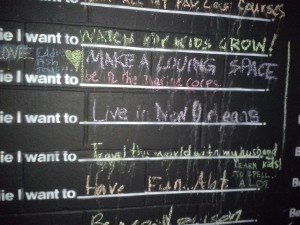
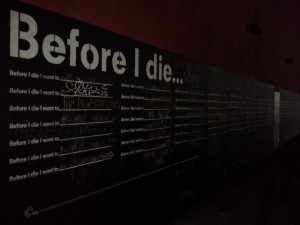
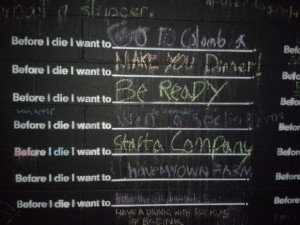
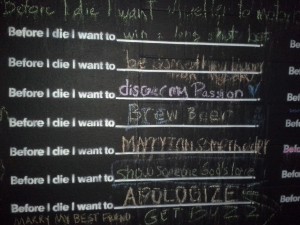
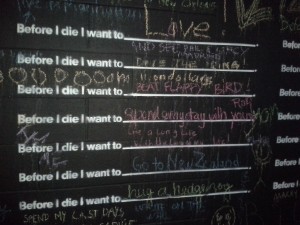
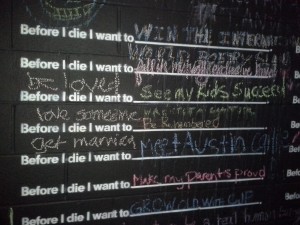
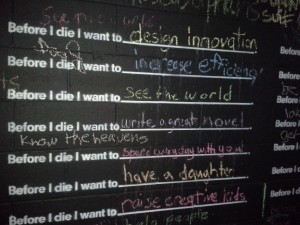
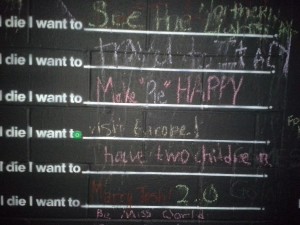
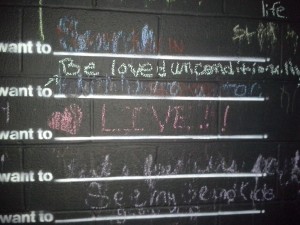
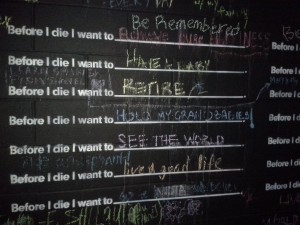
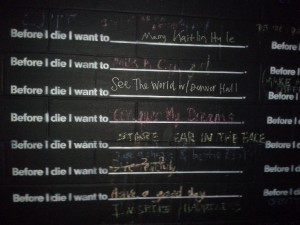
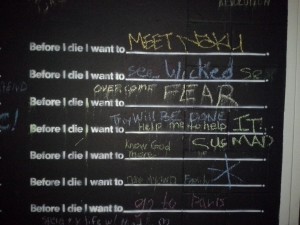
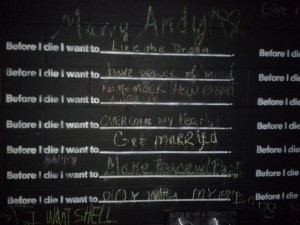
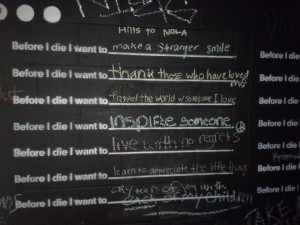
Recent Comments